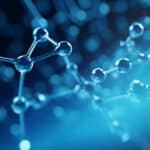
Environment
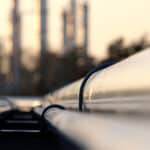
Energy
-10%
Reduce energy consumption per tonne of product manufactured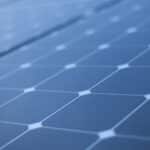
Renewable energy
50 %
Increase the share of renewable and recovered energy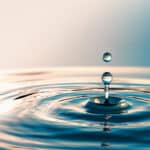
Water
-20%
Reduce water consumption per tonne of product manufactured
Scope 3
-27,5%
Reduce in absolute terms the CO2e emissions of the scope 3Climate change
Because a healthy planet is essential to human health, we are convinced that sustainable business must include an ambitious decarbonization trajectory. Since 2008, we have been working to accelerate our low-carbon transition and reduce our greenhouse gas emissions.
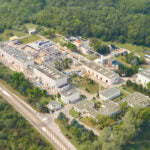

OUR AMBITION FOR THE CLIMATE
As part of the Paris Agreement, we have set ourselves ambitious climate targets validated by the Science Based Targets Initiative (SBTi) in December 2024:
- Absolute reduction in greenhouse gas emissions for scopes 1 and 2 of 46.2% between 2021 and 2031.
- Absolute reduction in scope 3 greenhouse gases of 27.5% between 2021 and 2031.
In addition to a plan to decarbonize our activities, we monitor and report our emissions in accordance with the GHG protocol, and have specific emissions reduction roadmaps for each of our sites.
Decarbonization levers
To sustainably reduce our greenhouse gas emissions, our company relies on several complementary levers, integrated into all its activities. Each of our actions aims to accelerate our transition to a low-carbon model.

Energy efficiency
- We are actively working to improve the energy efficiency of our sites (mainly steam, electricity and natural gas), thereby limiting greenhouse gas emissions. Our approach is based on continuous improvement of industrial processes and equipment performance.
Low-carbon energy
- To accelerate our decarbonization, we are taking concrete action by replacing fossil energy sources with low-carbon alternatives, for example by switching from natural gas to electricity, which directly reduces the CO2 emissions linked to the combustion of fossil fuels. We also recover industrial waste heat, generated by our processes, which would otherwise be lost. By capturing and valorizing this unused energy, we contribute to a more rational use of energy.
Renewable energy
- Renewable energy is a key lever for decarbonization for the SEQENS Group. We prioritize on-site production and self-consumption of renewable energy, such as installing solar panels. If this option is not feasible, we turn to purchasing certified renewable energy to guarantee carbon-neutral energy.
Circular economy
- We optimize resources by placing the transition to a circular economy at the heart of our strategy, prioritizing the reuse and recycling of materials. This approach enables us to decouple economic growth from the use of limited, non-renewable resources.
- In addition, we rethink our commercial and production processes to extend the life of products or give them a second life through reconversion or reuse. By reducing waste and limiting the production of new goods, we reduce our greenhouse gas emissions.
Innovative solutions
- Our long-standing expertise in production processes enables us to identify and implement targeted improvements or develop innovative processes and disruptive solutions. These innovations enable us to create more sustainable solutions, reducing the environmental impact of our products.
Sourcing bio-based materials
- We develop products made from natural raw materials or bio-sourced ingredients. These products enable us to reduce our dependence on non-renewable resources, while reducing the carbon footprint of our production processes.
European footprint
- Our numerous sites in France represent a strategic lever for decarbonization. These sites benefit from a low-carbon energy mix, enabling us to offer products with a low carbon footprint while efficiently serving a local European market, thus limiting transport requirements.
Transport
- We optimize logistics and give preference to modes of transport that emit the least emissions, such as pipelines, rail or sea. We are also working to relocate certain stages of production and bring our sites closer to our markets to limit the distances we travel. This approach contributes to a significant reduction in emissions linked to the transport of our raw materials and finished products.
Product carbon footprint
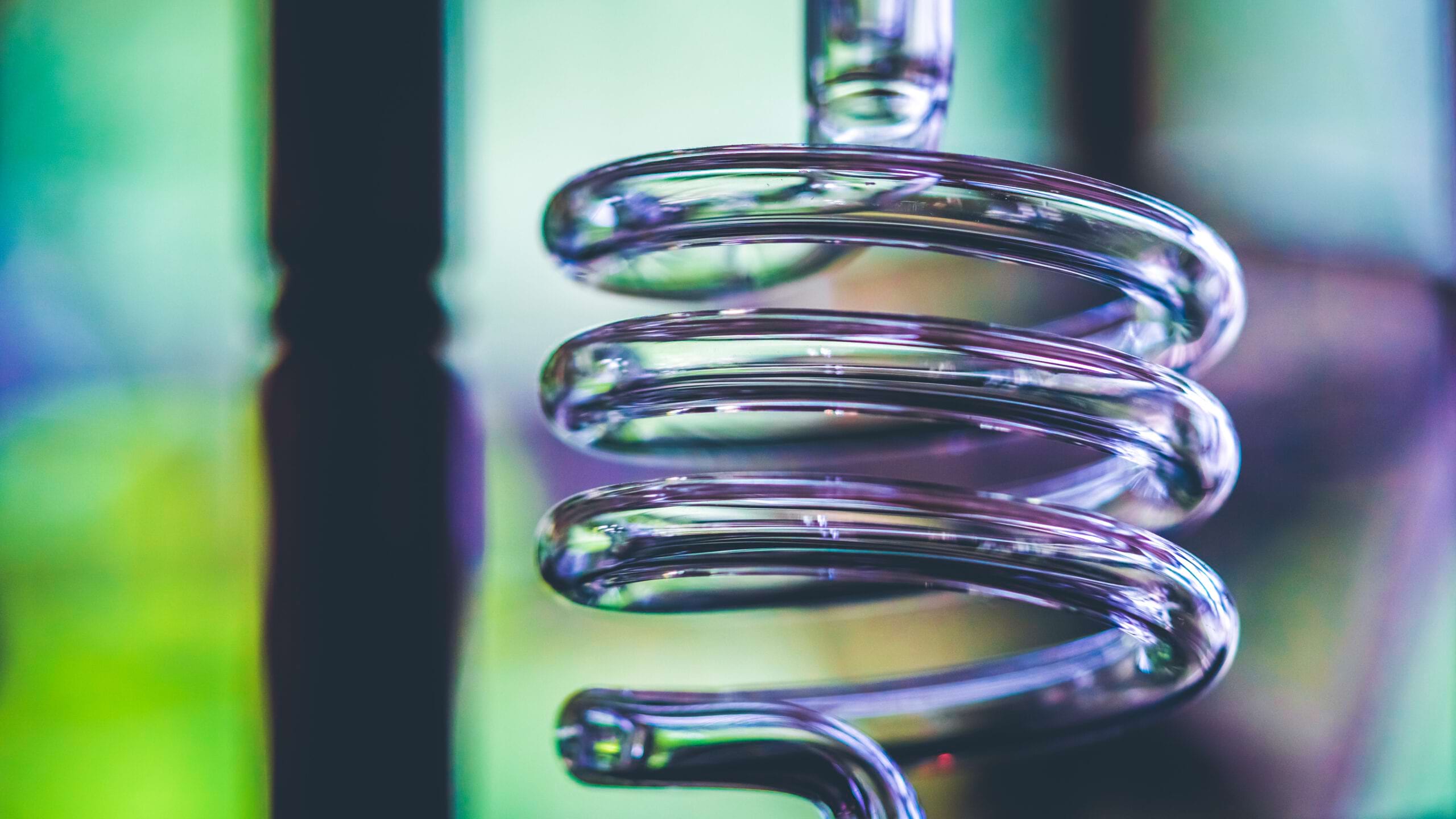
We help our customers achieve their scope 3 greenhouse gas emission reduction targets by supplying low-carbon products through our decarbonization efforts.
The methodology used by our service provider* to calculate the carbon footprint of our products is based on current standards, such as ISO 14067, the GHG Protocol Product Standard and industry guidelines.
Our product carbon footprints therefore follow the “Cradle-to-Gate” approach, taking into account scopes 1, 2 and 3 upstream.
*Ecovamed, a company specializing in carbon footprinting and Life Cycle Analysis of healthcare and chemical/biotechnology products.
Water
Water is a rare resource, precious for our health and for our business. It is used for a variety of purposes in all our activities, including heat transfer and cooling, steam generation, washing and cleaning, as well as in our industrial processes.
However, not all resources are infinite, and their industrial use must be controlled and limited as much as possible, particularly in areas of water stress. To make a positive contribution to preserving water resources, we are committed to reducing our water consumption.

OUR GOAL
As part of our CSR strategy, we have set ourselves the target of reducing our water consumption per tonne of product manufactured by 20% by 2025 compared with 2021.
As part of our CSR strategy, we have set ourselves the target of reducing our water consumption per tonne of product manufactured by 20% by 2025 compared with 2021.
OUR APPROACH
On a global scale, our approach consists of reducing water consumption at our production sites through two levers:
- equipment optimization and process modification;
- reuse of water by setting up closed loops.
We also treat effluent in accordance with the applicable permits.
Waste
We are committed to reducing the environmental impact of our activities through rigorous waste management at all our sites. By limiting waste production at source, recovering by-products and ensuring responsible waste treatment, we contribute to the preservation of natural resources, the circular economy and the reduction of pollution and associated emissions.
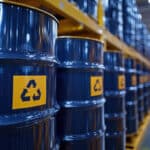
OUR GOAL
As part of our CSR strategy, we have set ourselves the target of increasing the percentage of waste recovered (recycling and incineration with energy recovery) and reducing the quantity of hazardous waste per tonne of products manufactured, in particular the quantity of solvents consumed.
As part of our CSR strategy, we have set ourselves the target of increasing the percentage of waste recovered (recycling and incineration with energy recovery) and reducing the quantity of hazardous waste per tonne of products manufactured, in particular the quantity of solvents consumed.
OUR APPROACH
The Group’s approach to waste management is based on the 4R rule: Reduce, Reuse, Recycle and Recover.
At our sites, we deploy targeted actions to reduce and reuse waste internally, in particular by reintegrating it as raw material or input into our manufacturing processes.
Where this is not possible, waste is recovered for energy purposes, either internally as an energy source, or by external service providers.
The remaining, non-recoverable waste is sent to specialized treatment facilities, in compliance with rigorous procedures and safety controls applied at all our sites.

